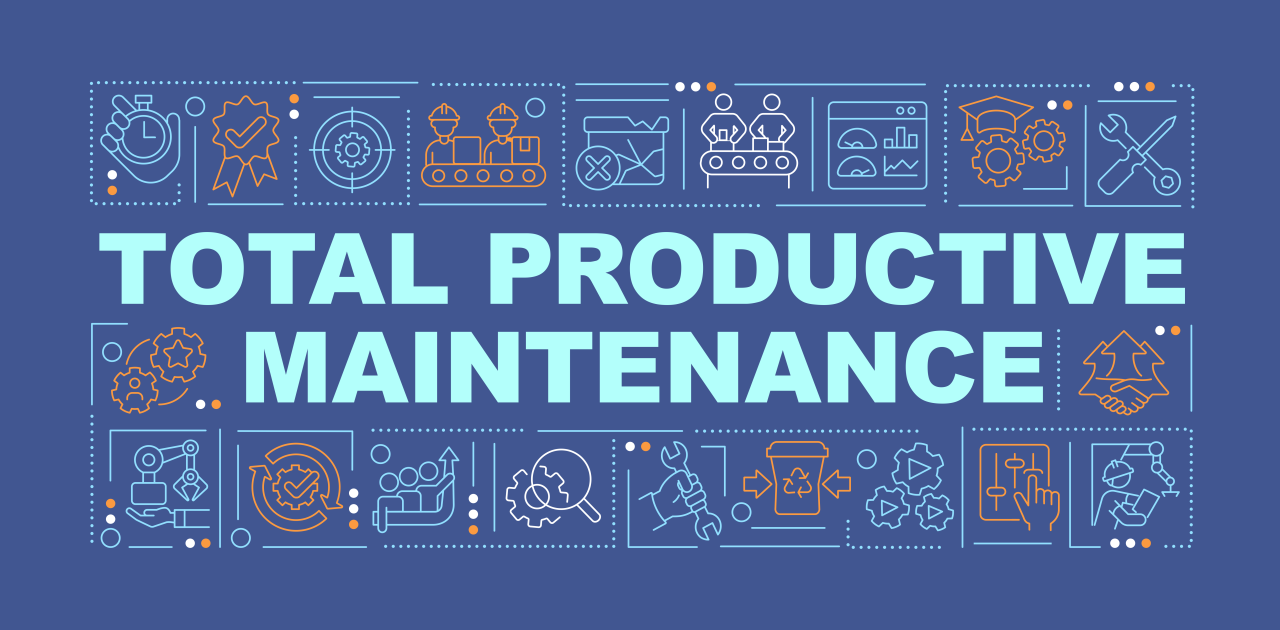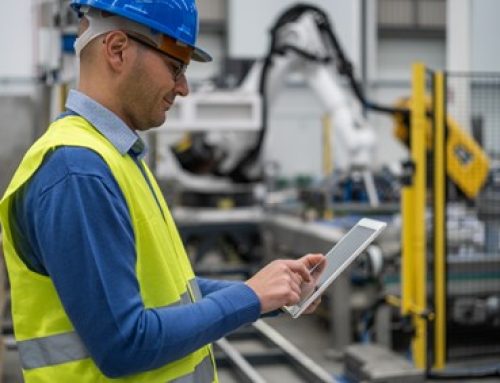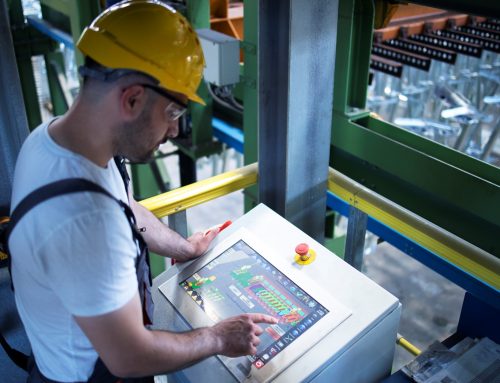Today we will talk about Total Productive Maintenance. Ever heard of it? There is almost a perfect production. Check this out!
Calling TPM is maximizing equipment effectiveness through the active involvement of all support departments. Its purpose is to improve the overall productivity of a machine by optimizing asset availability. It is a modern version of the total quality management concept created by Toyota. It was Toyota itself, back in Japan, who pioneered this TPM certification.
How the perfect production works?
Perfect production – this is the dream of every maintenance and operation professional, even if it is impossible – or almost. But with full productive maintenance it is possible to get ALMOST in the perfect production.
Why, Rodrigo? TPM frames maintenance as a business advantage – no downtime and no equipment failure, meaning just production and profit. TPM is also based on the 5S methodology, which helps to organize and standardize facility procedures, generating many benefits for both perfect production and the quality of the workplace.
Benefits of Total Productive Maintenance
1. End of unplanned maintenance
With carefully planned and scheduled maintenance, the equipment is well maintained. This also involves the team, as TPM trains employees to use the machines to extract the best from them.
2. Decreased downtime
More planned maintenance means fewer failures.
3. Low cost
As machinery efficiency increases, production costs are also minimized. Higher productivity or perfect production = more profit and reduced downtime expenses.
4. Safety at work
As the TPM is built on the foundation of 5S, the workplace is systematically organized and clean (me as a methodical engineer, I love this part). The steps of the 5S method are: sorting, straightening, shining, standardizing and sustaining – reveal problems and challenges underlying the maintenance of the work environment.
Next week, we will talk about the pillars of Total Productive Maintenance!
————————————————————————————————————–
Rodrigo Rotondo|LinkedIn – follow my newsletters
Manusis4|LinkedIn – discover our solution
Manusis4|Youtube – watch our webinars






Leave A Comment